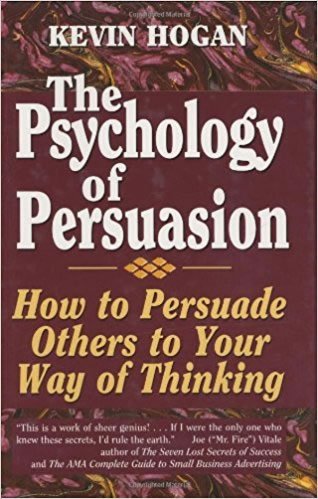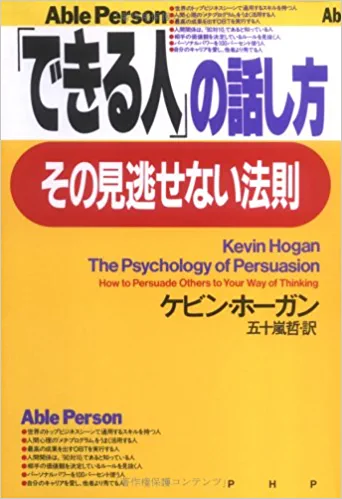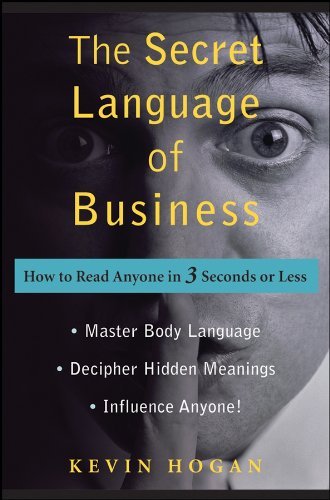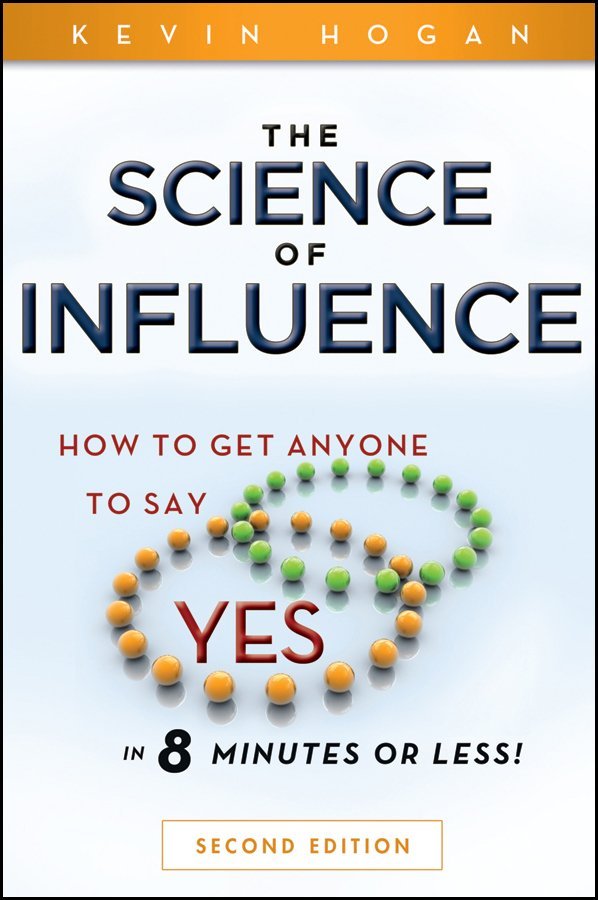A Winning Negotiation is Your Desired Outcome
Can you get hot in an aligned or cooperative negotiation?
Of course. It would be hard to imagine it otherwise.
Emotional experience is not good or bad in negotiation. It’s both normal and typical.
In the first two articles of this series, you learned about aligned negotiations as being your ultimate outcome. This week, we open that door.
It is not always easy to see when you’re on track in a negotiation. Sometimes, one or the both of you will get off track from a cooperative process and start pushing for a win/lose situation.
That can work, but…before you allow yourself to go there, let’s look at the aligned negotiation. Here’s what an aligned negotiation looks like:
The Five-Step Aligned Negotiation
Step #1: Opening the Negotiation
An appropriate opening helps you set the tone for the meeting and it establishes the meeting as a cooperative process.

This is extremely important.
It’s important that you treat your counterpart as a respected friend. Bring them a bottle of water, a diet Coke, an assortment of pastries.
You can insist on talking at lunch at a restaurant instead of in the office.
You can create any setting where friendliness and connection is the message you want to send.
Numerous research studies show that people that take part in almost any kind of activity or even simply sit in a room quietly together for as little as 90 seconds are more likely to be cooperative when the big question comes.
Allow your negotiation to take full advantage of the human nature you all possess.
I might bring a book or the newspaper and show the other person an article. I might bring a copy of an annual report from a mutual competitor, ready to highlight what we are BOTH up against.
You can accomplish connecting at other points by genuinely complimenting something about the partner. Ask about something they have on the wall. Find out if that diploma is meaningful. You might also show them a funny You Tube video you saw this morning and have it cued on your cell phone or lap top.
All of these things feel like friendship and people that are cared about. They show that you might be quirky, vulnerable and open.
A bit of genuine interest in your partner’s well-being never hurts.
The 859 Technique
I learned the magical phrase, “Before we begin,” from Dr. Eric Knowles. This phrase is the key aspect in a technique that I call the 859 Technique because this is something I might say at 8:59 before we’ve actually begun to work.
The fact is that anything stated after “Before we begin” is met with very little resistance or reactance.
It is an ideal opener … before you begin!
Once it’s time to delve into the content for which you have joined, your opening statement might give an agenda for the meeting, set the tone for the meeting, and introduce your proposal.
You can also allow the other person to begin. Certainly offer the opportunity. “Would you like to begin or would prefer me to?”
This is incredibly polite and reduces resistance. You aren’t a hammer and he isn’t a nail.
Just When Does the Discovery Stage Begin ? …
Step #2: The Discovery Stage Begins Long Before the Negotiation
The next step is to discover the interests of your associate.
You’ve come here to negotiate. You should KNOW what they want from the negotiation. You should know EVERY argument, point of view, desire and wish they have before you arrive!
You have done all the research and you are prepared.
The only mystery that should meet you is that of the order of how they will present what they want.
You should know everything about the individuals you’re speaking to. You should have lived on their Facebook page for a few days. Certainly, you should know about them at every level of personal and business.
And then you should know what their desired result is coming out of the negotiation.
If you were negotiating on their side of the table, what would you ask for? What would you want in return? Are there places where, if you were them, you’d adjust or eliminate certain requests?
And THEN what would you EXPECT YOU to say and do in response?
In other words, long before you’ve ever arrived at the negotiation, you should already have had the negotiation with yourself, bargaining with strong attention paid to their concerns and points.
Make it a point to let the partner share information about themselves. It will become obvious that you know their world shortly. This will potentially be disarming at first, but it will certainly be helpful as you continue.
Understanding your customer requires research.
Once the research has been completed and you’ve arrived, now you listen.

Listening is not WAITING TO TALK.
Listening is paying close attention to every word they say. Listening captures the nuances of the body language they use. It means you understand the meaning of what they are saying and that you aren’t simply there recording words.
Perhaps most important, listening is about asking good questions.
Once you have a solid understanding of your negotiation partner’s issues and concerns, you can present alternatives and make sure needs are met.
You don’t need to be right or wrong about every aspect of your pre-negotiation research. You’ve absorbed all of that information and NOW you are here in the moment with your partner listening. You are curious. You understand what they want and need.
Step #3: Creative Problem Solving
This can be a fun step.
Negotiation in fact doesn’t have to be a dreaded experience at all. It can be. In some contexts, it certainly will be. But MOST negotiations can be pleasant.
Early in the sit down process, begin asking questions based on their reaction and response to your proposal and the questions you asked during the discovery process. You’re going to start to get signals from your partner or you may begin to give signals, some of these signals will be buying signals. For example, “What are your rates?” or, “Can you deliver by the end of the month?”
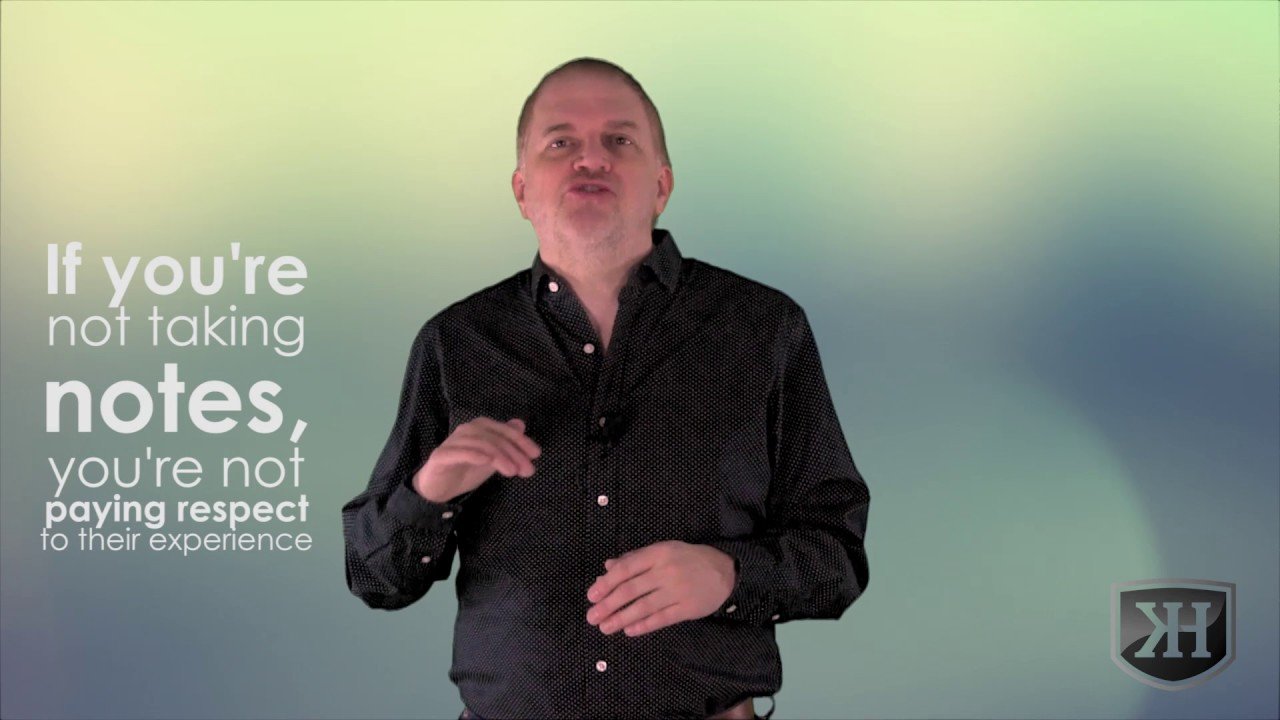
Take notes during a negotiation. Smart people take notes. They have a written understanding of everything that is happening.
People who aren’t so smart, sit back, and pretend like they have everything under control. If you’re negotiating anything of significance, take notes.
Taking notes shows the partner several things. One is that you find what they say important enough to write down.
This is when the back and forth will begin.
For example you might ask, “Can you guarantee delivery by the end of the month?”
They might respond with the cliche, “If we can guarantee delivery by the end of the month, then are you ready to proceed?”
Don’t be afraid at this point in time to also ask for small commitments as you go. It helps you both feel better about the entire experience and builds trust.
Next Page: How to Close the Deal …


